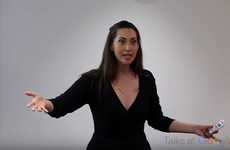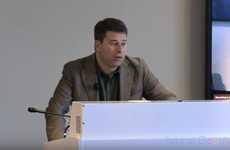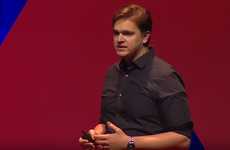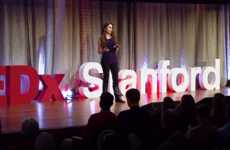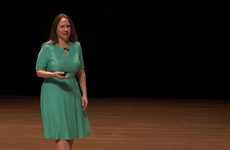
Need Inspiration?
Get inspired by 4,000+ keynote speaker videos & our founder, a top keynote speaker on innovation.
Lera Boroditsky's Talk on Language Reveals Its Cognitive Importance
Kalin Ned — April 18, 2018 — Keynote Trends
References: lera.ucsd.edu & ted
Lera Boroditsky — an Associate Professor of Cognitive Science at UCSD and Editor in Chief of Frontiers in Cultural Psychology, delivers a TED talk on language that explores the lasting and intricate connection between mind and language, as well as their effect on cultural environments and relationships. With a focus on how individuals transmit ideas and knowledge through time and space, the cognitive scientist reveals how flexible and language-dependent thought processes and communicational behaviors really are.
During her TED talk, Lera Boroditsky shares recent scientific data as proof of a strong correlation between languages and approaches to thinking. The professor exhibits how 7,000 different sounding, vocabulary and structurally varying languages can affect individuals' understanding of time, space, numbers, color, and sense of agency. For example, during her talk on language, Lera Boroditsky offers a case study of an Aboriginal community in Australia that uses cardinal direction instead of the common left/right labeling. As a result, the group enjoys a heightened sense of spatial awareness that extends to their understanding of time as locked on the landscape and its direction — relevant to where the individual stands.
During her TED talk, Lera Boroditsky shares recent scientific data as proof of a strong correlation between languages and approaches to thinking. The professor exhibits how 7,000 different sounding, vocabulary and structurally varying languages can affect individuals' understanding of time, space, numbers, color, and sense of agency. For example, during her talk on language, Lera Boroditsky offers a case study of an Aboriginal community in Australia that uses cardinal direction instead of the common left/right labeling. As a result, the group enjoys a heightened sense of spatial awareness that extends to their understanding of time as locked on the landscape and its direction — relevant to where the individual stands.
6.6
Score
Popularity
Activity
Freshness


